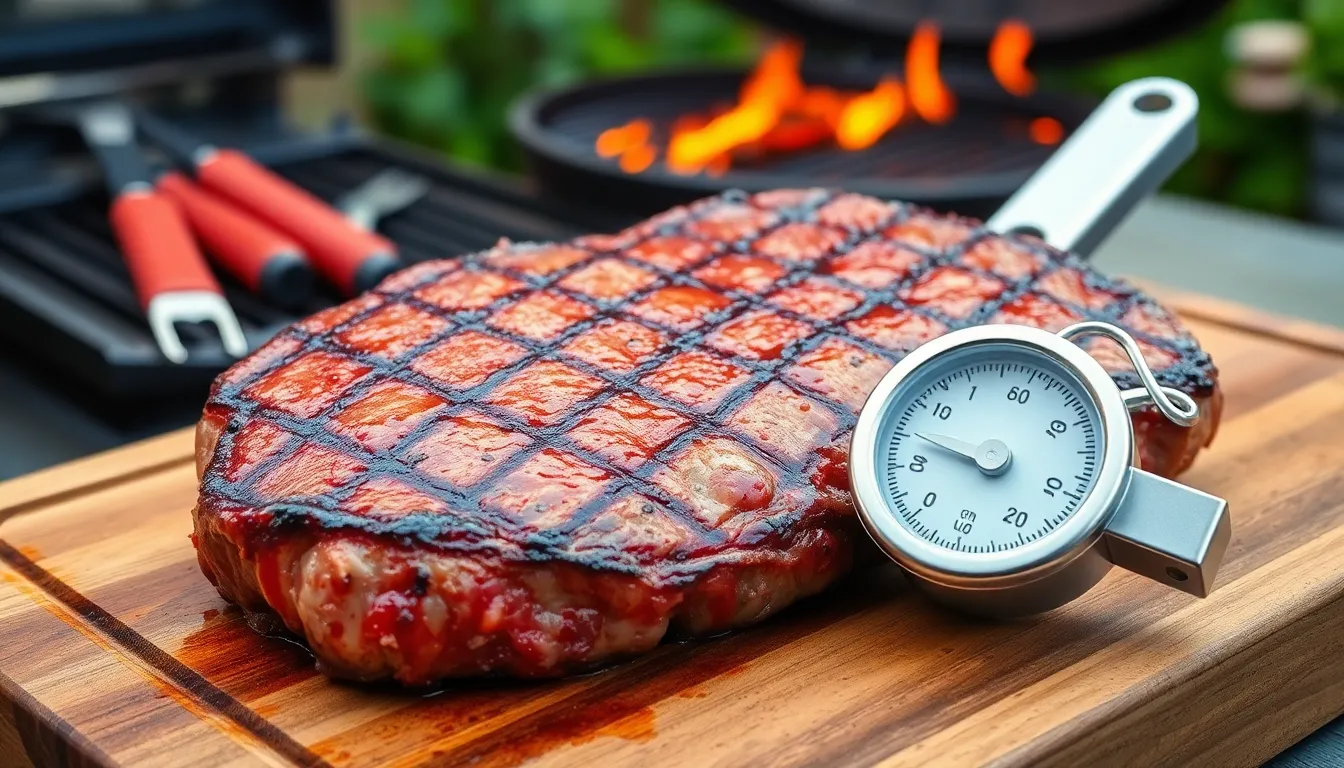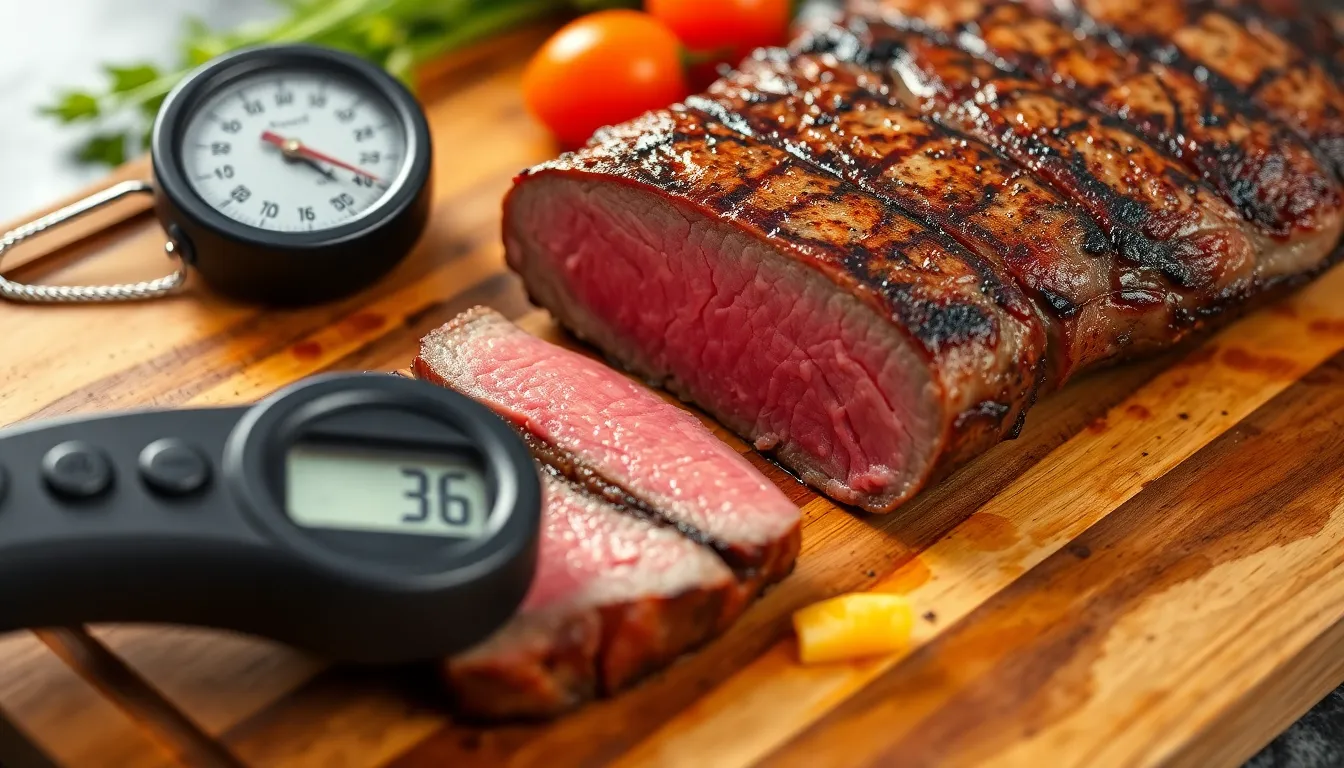
Cooking the perfect steak can feel like an art form, but it doesn’t have to be intimidating. With the right steak cooking chart, anyone can achieve that deliciously juicy and tender result every time. This handy guide takes the guesswork out of cooking times and temperatures, ensuring that every cut of meat is cooked to perfection. Whether you prefer your steak rare, medium, or well-done, understanding the nuances of doneness is crucial. A steak cooking chart provides essential information on internal temperatures, cooking methods, and timing for various cuts. With this knowledge in hand, grill masters and home cooks alike can impress friends and family with their culinary skills, elevating any meal into a memorable experience.
Steak Cooking Chart
Cooking steak perfectly requires knowledge of various factors, including the type of cut, cooking techniques, and the desired doneness. A steak cooking chart provides a practical reference for achieving ideal results.Different Cuts of Steak
-
- Filet Mignon: Known for tenderness, this cut comes from the tenderloin. It has a buttery flavor and cooks well to medium-rare or medium.
-
- Ribeye: With a rich marbling, ribeyes offer exceptional flavor. Ideal temperatures range from medium to medium-well, enhancing its juiciness.
-
- New York Strip: Slightly tougher than filet mignon but still tender, this cut features a bold flavor. Cook it to medium-rare for optimal taste.
-
- T-Bone: Combines the best of two cuts: the tenderloin and strip steak. Aiming for medium-rare maintains its juicy texture and flavor.
-
- Sirloin: Firmer with a robust taste, sirloin is versatile. It’s best cooked to medium for a balanced flavor and tenderness.
-
- Flank Steak: This lean cut benefits from marinating and should be cooked to medium-rare. Slicing against the grain enhances tenderness.
-
- Skirt Steak: Known for its flavor, skirt steak requires high-heat cooking. Medium-rare ensures a juicy, flavorful result.
Importance of Proper Cooking
Proper cooking ensures food safety and enhances the eating experience. Cooking steak to the right temperature prevents harmful bacteria while maximizing flavor and tenderness. For example, achieving a medium-rare steak involves cooking it to an internal temperature of 130°F to 135°F. Utilizing a meat thermometer can aid in precision. Different meats require specific temperatures to achieve desired results. Investing attention in cooking times and methods not only improves the quality of the steak but also elevates the overall meal experience.The Steak Cooking Chart

Temperature Ranges for Doneness
Understanding temperature ranges for doneness simplifies steak cooking. Here are the key temperature guidelines:| Doneness Level | Internal Temperature (°F) | Description |
|---|---|---|
| Rare | 120°F to 125°F | Cool, red center |
| Medium Rare | 130°F to 135°F | Warm, red center |
| Medium | 140°F to 145°F | Warm, pink center |
| Medium Well | 150°F to 155°F | Slightly pink center |
| Well Done | 160°F and above | Brown throughout |
Visual Guide to Steak Doneness
A visual guide enhances understanding of steak doneness. The following images illustrate the different doneness levels:-
- Rare: Bright red hue with cool juices.
-
- Medium Rare: Warm red center with a slight juice.
-
- Medium: Pink throughout with firm texture.
-
- Medium Well: Light pink center, mostly brown.
-
- Well Done: Deep brown, uniform color with minimal juice.






